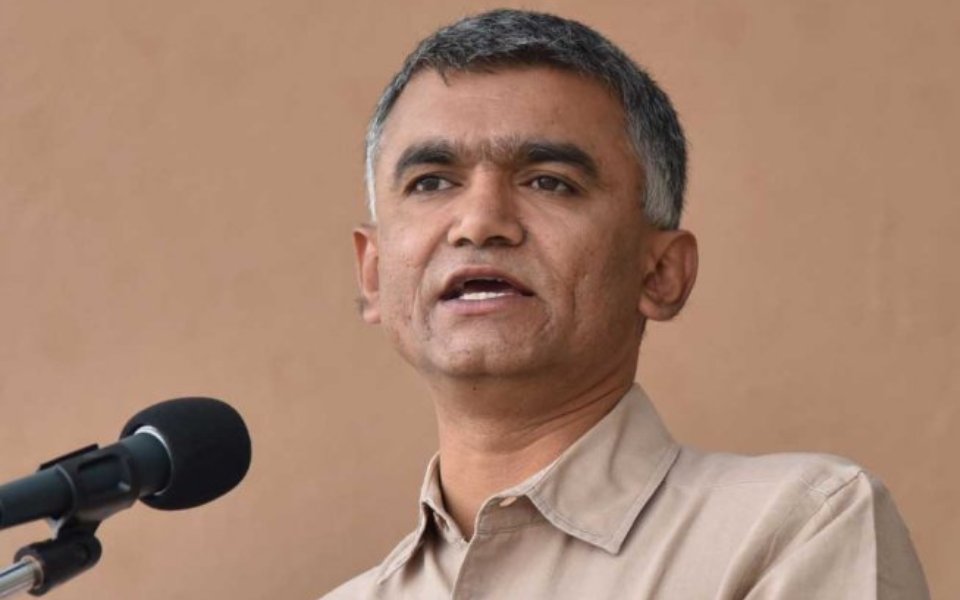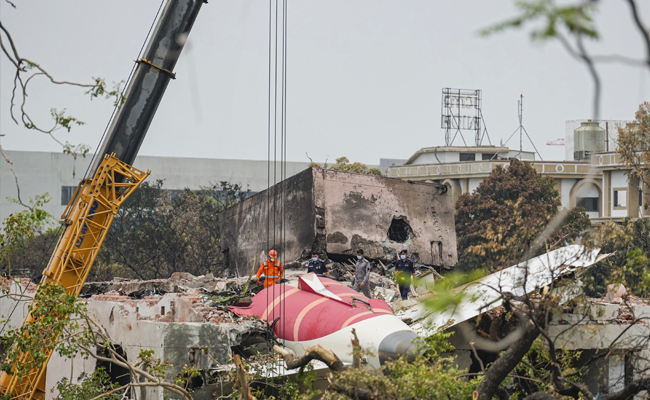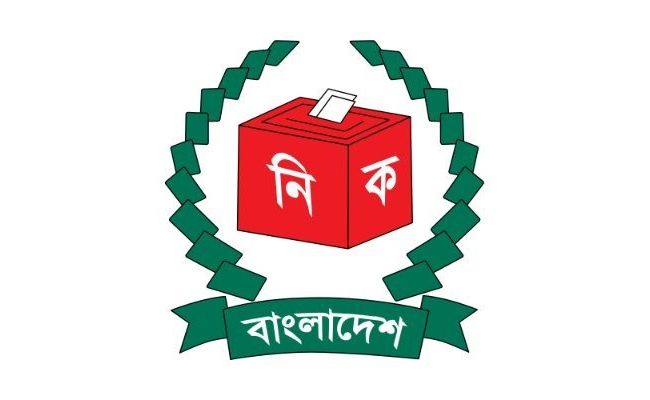Bengaluru, July 21: The Karnataka government on Friday said it will write to the Centre requesting for changes in the guidelines in the "drought manual", aimed at declaring drought, based on ground realities.
Responding to a short duration discussion in the Assembly, regarding rain deficit in the state, Revenue Minister Krishna Byre Gowda said, going by the existing drought manual, the state government will not be able to provide enough relief and will have to face anger from the people.
"To declare drought, the Centre has a drought manual, the previous manual was released in 2016. In earlier manuals states had some flexibility. The current manual by the current central government, changed the criterion for drought, according to which there should be 60 per cent rainfall deficit and three weeks of dry spell," Gowda said.
Also there are parameters such as groundwater moisture level and satellite imagery, he said, adding, when the cabinet sub-committee tried to apply this to taluks in the state, there was no connection to demand and the eligibility.
According to the manual, the state has to provide relief if there is moderate drought, and until June-July rains, drought cannot be declared, he further said, adding that "so if we go by the drought manual 2016, we will not be able to provide enough relief to needy and will have to face anger from the people."
Gowda said, the cabinet after discussion in detail has requested Chief Minister Siddaramaiah to write to the Centre requesting to change the guidelines in the drought manual as it is far away from ground realities.
"We have prepared a letter from the CM to the central government, requesting for some flexibility to the state government to declare drought based on ground realities. A detailed letter will be sent in a couple of days," he said.
The Minister however said that the cabinet subcommittee by next week, based on the central guidelines, will decide on declaring drought in taluks.
Noting that the Monsoon set in the state in June, about 8-10 days late than usual between June 10-14, Gowda said, other than the delay there was a deficit of about 56 per cent in June, but in July there has been rain in almost all parts of the state, except some places.
He said, in the last three to four days in many parts of the state the monsoon is active, and the rain deficit has now reduced to 29 percent from 56 per cent last month, "but I still can't say that there have been rains in all taluks. In several taluks there is still a severe deficit."
According to the met department, the monsoon rains will be active in most parts of the state till August 3, he said, adding that despite the ' El Ni o' effect this time, there is a forecast of over all normal rains in the state, and shortage in Bengaluru and surrounding districts.
Observing that legislators raised issues about damage to crops sown, drinking water, and about fodder, the Minister said, the government has been monitoring all these constantly and the CM had himself held a meeting with officials from districts which had received very less rain last month, and had given Rs one crore to each district to address drinking water issues.
Orders were given to supply drinking water through tankers, he said. Today in about 110 villages drinking water is being supplied through tankers and the government is bearing the cost, and in 330 villages which had shortage of water 404 private borewells were taken on rent to supply.
Last month, there was anxiety regarding drinking water as water levels in state's reservoirs were down. Gowda cited, "very indisciplined management" three to four months ahead of polls as the reason for it. Water in all reservoirs were indiscriminately released bringing down the level.
"Despite last year witnessing surplus rainfall and inflow till November to December to reservoirs. By June this year water level was brought down to a critical level we had not seen in 20 years," he said, adding that in June we were at a very critical stage even for drinking water, but rains in July has put us in a situation where we are in no risk to provide drinking water, but still cannot release water to canals.
In four reservoirs under Cauvery catchment there was 18,687 cusecs inflow yesterday, in six reservoirs under Krishna basin there was 76,264 cusecs inflow, so these rains have been a "relief" for the state, he further said. There is improvement in inflow in Almatti, Malaprabha and Ghataprabha, also Sharavathi, and there is no anxiety in supplies to the government's multi villages drinking water supply schemes.
During the recent cabinet meeting, it was decided by the Chief Minister to go for digging borewells at places that are dependent on groundwater supply, Gowda said, adding, funds will be released to every district for immediate relief on a need basis, and in a couple of days money will be sent.
Let the Truth be known. If you read VB and like VB, please be a VB Supporter and Help us deliver the Truth to one and all.
New Delhi (PTI): With a new, stringent system to establish user identity, the number of new user IDs being added daily on the IRCTC website has declined to about 5,000 from nearly one lakh, officials said on Saturday.
Union Railway Minister Ashwini Vaishnaw noted that the crackdown by Indian Railways on train ticket booking through fake identities is yielding positive results, according to a press note.
Before the latest reforms, this number had touched nearly one lakh new user IDs per day, it said.
"Following the introduction of a stringent system to establish user identity and detect fake IDs, about 5,000 new user IDs are now being added daily on the IRCTC website," the note said.
The officials stated that these steps have already helped Indian Railways deactivate 3.03 crore fake accounts.
"Another 2.7 crore user IDs have either been temporarily suspended or identified for suspension based on the suspicious activities they are indulging in," they said.
The Union minister directed officials to ensure that the ticketing system is reformed to a level where all travellers are able to book tickets easily through a real and genuine user ID, the press note added.
Additionally, Railway Minister Ashwini Vaishnaw has directed officials to provide local cuisine of the region in Vande Bharat trains.
Introducing local cuisine that reflects the culture and tastes of the regions being traversed will significantly enhance the passenger experience, officials said.
This facility will be expanded to all the trains progressively in future, they added.




